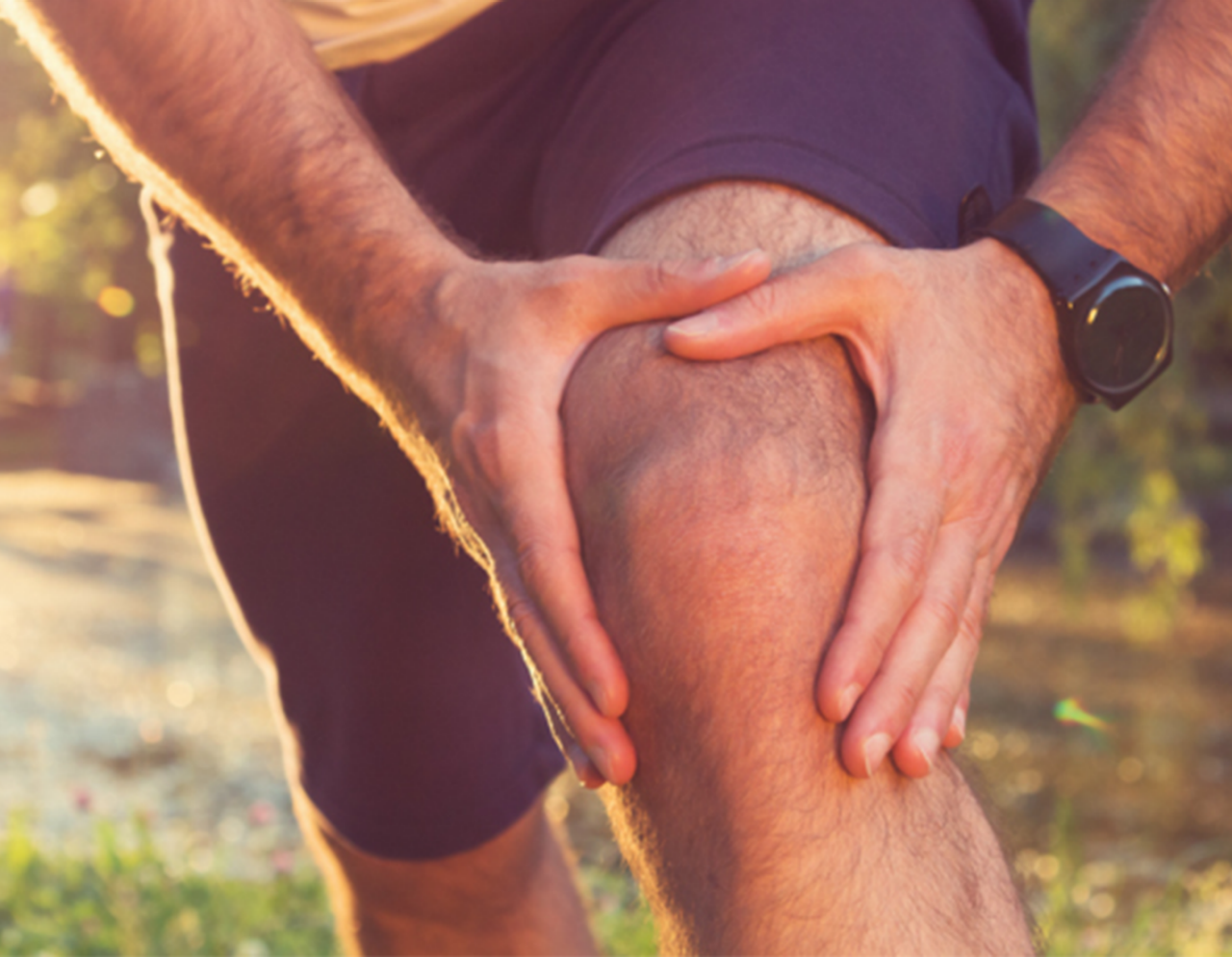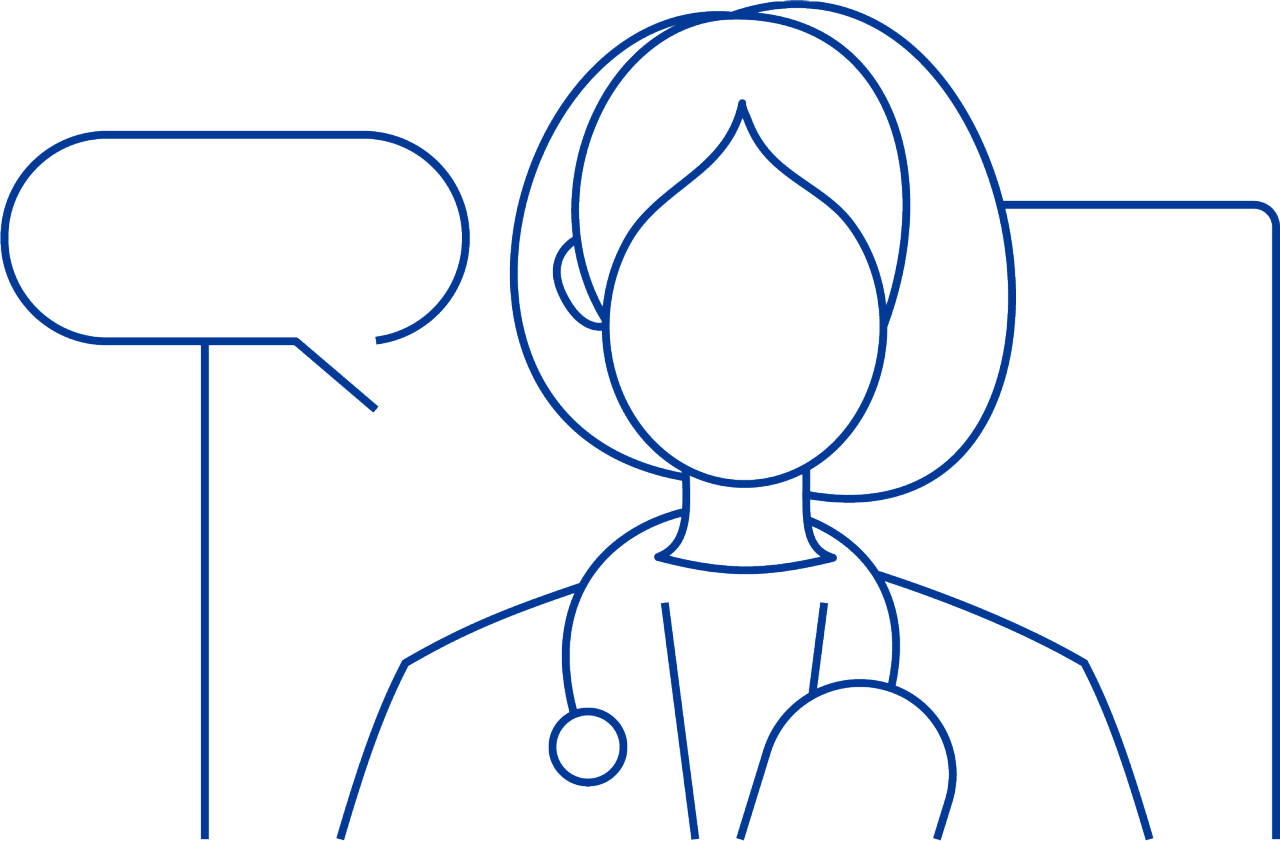-
- Find Care
-
- Visitor Information
- Find a Location
- Shuttles
- Visitor Policies
-
-
- Our Virtual Care Options
- Virtual Urgent Care
- Virtual Visits for Primary & Specialty Care
- Online Second Opinions
- Participate in Research
-
- Contact us
-
- For Innovators
- Commercialization Guide for Innovators
-
-
- Research News
- Alzheimer's Disease
- Artificial Intelligence
-
- Overview
-
- Overview
- Getting Started
- New to Mass General Brigham
- International Patient Services
- What Is Patient Gateway?
- Planning Your Visit
- Find a Doctor (opens link in new tab)
- Appointments
- Patient Resources
- Health & Wellness
- Flu, COVID-19, & RSV
- Billing & Insurance
- Financial Assistance
- Medicare and MassHealth ACOs
- Participate in Research
- Educational Resources
- Visitor Information
- Find a Location
- Shuttles
- Visitor Policies
- Find Care
-
- Overview
- Our Virtual Care Options
- Virtual Urgent Care
- Virtual Visits for Primary & Specialty Care
- Online Second Opinions
-
- Overview
- Participate in Research
-
- Overview
- About Innovation
- About
- Team
- News
- For Industry
- Venture Capital and Investments
- World Medical Innovation Forum (opens link in new tab)
- Featured Licensing Opportunities
- For Innovators
- Commercialization Guide for Innovators
- Contact us
-
- Overview
- Information for Researchers
- Compliance Office
- Research Cores
- Clinical Trials
- Advisory Services
- Featured Research
- Two Centuries of Breakthroughs
- Advances in Motion (opens link in new tab)
- Brigham on a Mission (opens link in new tab)
- Gene and Cell Therapy Institute
- Research News
- Alzheimer's Disease
- Artificial Intelligence
-
- Overview
-
- Overview
- Residency & fellowship programs
- Brigham and Women's Hospital
- Massachusetts General Hospital
- Mass Eye and Ear
- Newton-Wellesley Hospital
- Salem Hospital
- Integrated Mass General Brigham Programs
- Centers of Expertise
- Global & Community Health
- Health Policy & Management
- Healthcare Quality & Patient Safey
- Medical Education
- For trainees
- Prospective trainees
- Incoming trainees
- Current trainees
- Continuing Professional Development
- Patient Care
- Services and Specialties
- Sports Medicine
- Sports Medicine Programs
- Regenerative Medicine
Promoting healing of sports injuries
The newest advances in orthopedic care now include orthobiologics and platelet rich plasma injections. We are able to use your body’s own cells and tissues to decrease inflammation and promote healing. Platelet rich plasma (PRP) can be isolated from your blood and then injected into the treatment site. Platelets contain hundreds of proteins called growth factors that play a role in the healing of injuries.* This procedure offers a less invasive way to treat some sports injuries of the ligaments, tendons, muscles, and joints, as well as arthritic joints.
*We make no guarantees regarding the outcome or the results of any orthopedic procedure because every patient’s case is unique and our treatment plans are personalized. Results can and do vary among individual patients.
What is orthobiologics?
The use of orthobiologics (a subset of regenerative medicine) in sports medicine aims to harness the body’s own tissues and cells to reduce inflammation and pain, and to help restore more normal function in joints and tendons. Studies show that orthobiologic treatments using a patient’s own cells have decreased inflammation in some patients with chronic tendon disorders (for example: tennis elbow, jumper’s knee, or hamstring tendonitis) and osteoarthritis. In addition, orthobiologics have been used successfully to treat the symptoms of mild-moderate arthritis in some patients.
Team approach
Our orthopedic providers are always working closely with a team of physiatrists, interventional pain specialists, and our physical, occupational and speech therapists to provide a comprehensive assessment to help you best regain mobility and confidence and, for athletes, return you to sports and play as soon as is safely possible.
What to expect
Mass General Brigham Sports Medicine patients are first evaluated by a clinician with special expertise in this area. We complete a comprehensive evaluation to determine what type of procedure and rehabilitation are best for you. We also work with you before and after your procedure to optimize your result. Our treatments are based on current data from nonclinical studies and clinical trials to provide evidence-based and well-informed medical decision-making with you.
Treatment options
We have a collaborative team of both non-operative and surgical sports medicine specialists, as well as world-class physical therapists and occupational therapists to optimize your function and return to sports, and other work and leisure activities.
Most orthobiologic injections are performed with ultrasound guidance to ensure accurate placement.
Surgical solutions
For select patients with more substantial cartilage defects that have not responded to other options, our expert cartilage surgeons are available to provide surgical treatment.
Non-operative treatments
The non-operative treatment options that your physician can discuss with you include:
Blood is mainly a liquid (called plasma), but it also contains cellular components (red cells, white cells, and platelets). Platelets contain hundreds of proteins called growth factors that play a role in the healing of injuries, but PRP is not approved for the treatment of sports medicine conditions.
PRP uses your own platelets, obtained from a sample of your own blood, which are then concentrated and injected. When activated in your body, the platelets may release proteins and other biological factors that can stimulate and increase the repair cells your body produces and can also reduce inflammation.
BMAC is a concentrate of your own bone marrow that is collected and injected into the affected area. BMAC may reduce inflammation, and support healing.
The injection of a concentrated dextrose (a type of sugar) solution into a ligament, tendon or joint. It acts as an irritant intended to promote the body’s healing response.
In the MFAT procedure, the physician removes a small amount of fat from your flank or thigh which contains cells from your own body. They inject this fat adipose tissue into the target area. These injections may reduce inflammation and provide a cushioning effect.
This is a minimally invasive procedure that may clean up abnormal, painful tendon tissue as an alternative to surgery.
Extracorporeal shockwave therapy uses an externally applied acoustic wave which carries high energy to painful tendons and joint regions. Shockwave therapy may promote improved metabolism and blood circulation to damaged tissue and support healing.
Talk with a representative at our call center
Fill out our contact form and we’ll be in touch
Talk with a representative at our call center

